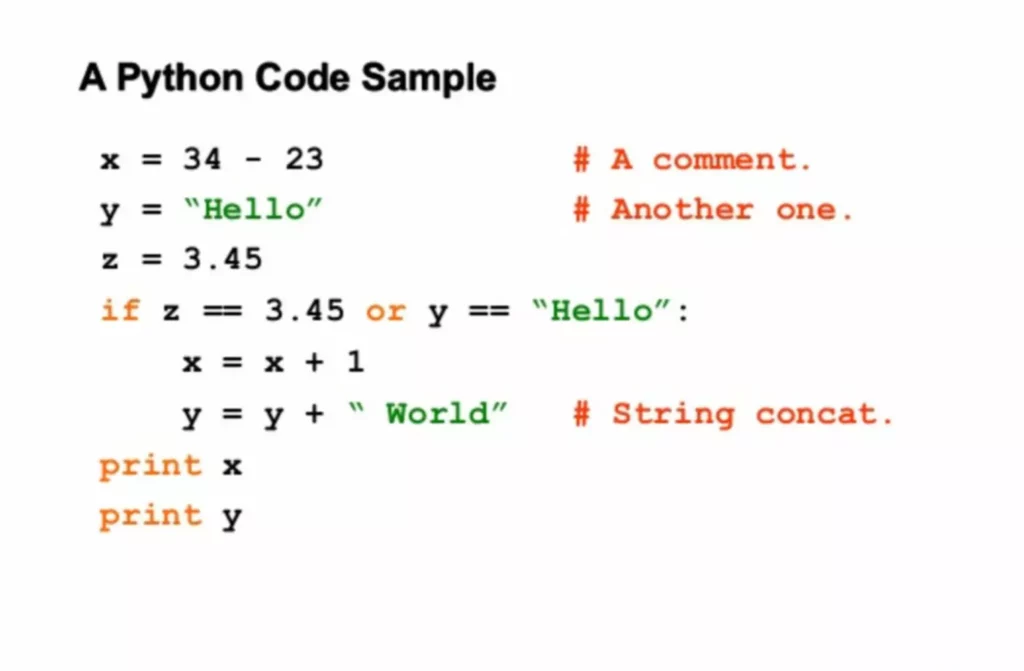Frequent strategies embody wireframe rendering, polygon-based rendering, scanline rendering, ray tracing, and radiosity, each with its own particular purposes and benefits. Post-processing can improve your renders by adding results that enhance the overall look. Use software program like Photoshop or devoted post-processing instruments to adjust shade balance, contrast, and sharpness. Add effects corresponding to bloom, depth of subject, and motion blur to simulate real-world camera conduct.
This ends in delicate, pure shadows, realistic reflections, and wealthy, lifelike colors. All that precision comes at a heavy computational value, making it way more demanding than traditional rendering methods. Rendering is the method of transforming digital data—such as 3D models, supplies, and lighting—into a ultimate picture or animation. It’s what turns raw geometry and textures into visually polished outcomes, whether photorealistic or stylized.

As rendering requirements increase, cloud-based companies https://deveducation.com/ provide a robust solution. These platforms provide you with access to extra computing assets, letting you deal with large-scale rendering projects without the need for highly effective local hardware. Software Program like Blender, Maya, and Cinema 4D supply built-in rendering tools, making it simple to mix modeling, animation, and rendering in one platform.
Relying on the type of rendering methodology used, the computational necessities could be very demanding. For large-scale tasks, many artists make the most of render farms to hurry up the rendering process. Texture mapping uses picture information to replicate materials properties, together with patterns, colors, and textures. Ray tracing simulates sensible lighting by monitoring the trail of sunshine rays as they work together with objects. It precisely depicts reflections, refractions, and shadows, creating highly realistic photographs that mimic real-world lighting situations, making it best for high-quality visual outputs. Architectural rendering software program often uses CAD files, texture mapping, and advanced options like the Phong reflection model to create detailed visualizations.
4 Interactive Rendering
- In the gaming sector, 3D rendering is the spine of recent video game development, delivering increasingly photorealistic and immersive gaming experiences.
- It works similarly to SSR within the sense that rendering happens on the server, however the notable distinction here is when the rendering happens.
- It accurately depicts reflections, refractions, and shadows, creating extremely sensible pictures that mimic real-world lighting circumstances, making it perfect for high-quality visible outputs.
From sport belongings and films to architectural visualization, rendering performs a key position in bringing digital designs to life and making them presentation-ready. Rasterization efficiently transforms 3D models into pixel-based images by breaking them down into polygon meshes. This methodology allows speedy processing and real-time visualization, making it ideal for interactive walkthroughs and large-scale initiatives.
Radiosity is a technique of rendering using lighting that comes not solely from the light source but additionally the objects in the scene that mirror the light. The texture is the top layer of a 3D mannequin, which shows information about the color, materials, and details of the object. This requires the texture mapping approach — transforming the vectors of the 3D mannequin and its texture into pixels utilizing unwrapping a mannequin.

This comprehensive guide delves into the intricacies of 3D Rendering, exploring its elementary ideas, applications, methods, and future tendencies. Techniques like colour correction adjust brightness and contrast for stability, whereas detail enhancement sharpens textures. Lighting plays an important position in photorealistic rendering and high-resolution renderings. Use space lights for soft, diffused effects in interior design or architectural visualization. These instruments automate repetitive duties in computer rendering, corresponding to international illumination or texture mapping.
Whether used for residential or business projects, 3D rendering can assist in highlighting potential points early on and facilitate environment friendly planning. The 3D rendering process begins with the concept part, the place purchasers share their vision with the 3D artist. Once the concept is clear and well-understood, the creation of a 3D model begins, followed by detailed rendering to add layers of realism to the mannequin. This step-by-step process ensures that shopper satisfaction is achieved, with a number of reviews and revisions till the ultimate product meets the desired expectations.
How Do Lighting And Textures Affect Rendering Quality?
In this information, I will explain rendering meaning in computer what rendering is, break down the rendering process, and explore numerous techniques for creating high-quality visuals. Over time, rendering strategies have developed to meet the rising calls for of the industry, enabling artists like me to create increasingly realistic and captivating visuals. The article highlights important 3D rendering strategies in architectural design, focusing on methods from primary rasterization to classy ray tracing. By incorporating these approaches, professionals can produce photorealistic visualizations, enhancing consumer presentations whereas adapting to evolving rendering technologies. Explore extra about 3D rendering and discover appropriate 3D models at 3DMAXTER in your projects. This method allows for detailed and correct modeling of light behaviors, making it suitable for high-fidelity visualizations in complex architectural scenes.
Interactive-rendering
High-quality 3D Rendering requires important computational sources, particularly for complicated scenes and photorealistic outputs. Non-photorealistic Rendering focuses on creating pictures with creative types that diverge from realism. NPR methods include cel shading, toon shading, and painterly effects, allowing creative and distinctive visual presentations.
In this fashion, the rendering artist adds a natural effect and makes objects appear extra voluminous. You can also use fading to create a delicate transition between the pixels and polygons of a form. Earlier Than embarking on a project, it’s best to determine the main targets and situations for the renders. You can even look at completely different 3D rendering methods to choose one that most carefully fits your needs.
